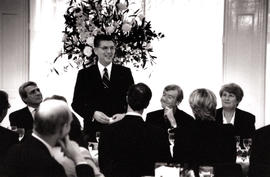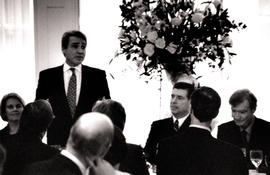1665 resultados com objetos digitais
Mostrar resultados com objetos digitais
RSA/PR/GE/100/19/141
·
Item
·
14/12/1998
Parte de Royal Society for the encouragement of Arts, Manufactures and Commerce (RSA)
RSA/PR/GE/100/19/146
·
Item
·
14/12/1998
Parte de Royal Society for the encouragement of Arts, Manufactures and Commerce (RSA)
RSA/PR/GE/100/19/149
·
Item
·
14/12/1998
Parte de Royal Society for the encouragement of Arts, Manufactures and Commerce (RSA)
RSA/PR/GE/100/19/157
·
Item
·
16/7/1999
Parte de Royal Society for the encouragement of Arts, Manufactures and Commerce (RSA)
RSA/PR/GE/100/19/159
·
Item
·
16/7/1999
Parte de Royal Society for the encouragement of Arts, Manufactures and Commerce (RSA)
RSA/PR/GE/100/19/161
·
Item
·
16/7/1999
Parte de Royal Society for the encouragement of Arts, Manufactures and Commerce (RSA)
RSA/PR/GE/100/19/166
·
Item
·
16/7/1999
Parte de Royal Society for the encouragement of Arts, Manufactures and Commerce (RSA)
RSA/PR/GE/100/19/169
·
Item
·
16/7/1999
Parte de Royal Society for the encouragement of Arts, Manufactures and Commerce (RSA)
RSA/PR/GE/100/19/171
·
Item
·
16/7/1999
Parte de Royal Society for the encouragement of Arts, Manufactures and Commerce (RSA)
RSA/PR/GE/100/19/182
·
Item
·
16/7/1999
Parte de Royal Society for the encouragement of Arts, Manufactures and Commerce (RSA)
RSA/PR/GE/100/19/186
·
Item
·
16/7/1999
Parte de Royal Society for the encouragement of Arts, Manufactures and Commerce (RSA)
RSA/PR/GE/100/19/193
·
Item
·
16/7/1999
Parte de Royal Society for the encouragement of Arts, Manufactures and Commerce (RSA)
RSA/PR/GE/100/19/194
·
Item
·
16/7/1999
Parte de Royal Society for the encouragement of Arts, Manufactures and Commerce (RSA)

